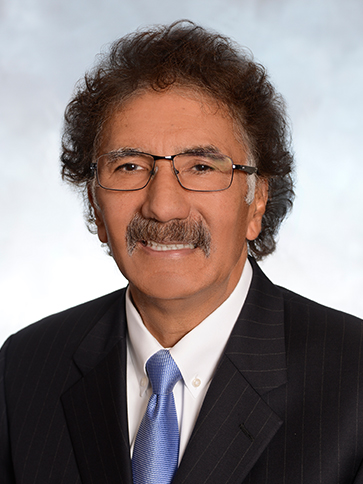Balancing inbound, outbound cargo will boost operational efficiency
The Port of Long Beach is collaborating with its marine terminal operators to bolster the number of “two-way” truck deliveries amid the strongest cargo surge in the Port’s 109-year history.
The four companies that operate the Port’s six container terminals — International Transportation Service, Long Beach Container Terminal, SSA Marine, and Total Terminals International — have committed to increasing the number of truck moves that pair an export container delivery with an import container pickup appointment during the same visit.
The Port and its container cargo terminal operators are working directly with truck drivers and customers to improve the appointment system and maximize the number of these dual transactions, aimed at balancing inbound and outbound cargo flow and thus improve efficiency within the supply chain.

“Increasing the share of dual transactions will optimize truck deliveries, terminal appointments, and chassis availability during this unprecedented time in the Port’s history,” said Port of Long Beach Executive Director Mario Cordero. “We recognize the Port’s unique advantage as Southern California’s gateway for trans-Pacific trade, and we are committed to leveraging those advantages for the benefit of all customers and stakeholders.”
“Working with the marine terminal operators to prioritize dual transactions for our truckers is another example of how the amazing partnerships at the Port of Long Beach work to provide stellar service to our customers,” said Long Beach Harbor Commission President Frank Colonna. “We hope this plan will cement our reputation as the Port of Choice for delivering cargo quickly, safely, and efficiently.”
With a goal of ensuring that at least 50% of the Port’s deliveries are dual transactions, all Long Beach terminal operators are implementing system enhancements and encouraging trucking companies and drivers to drop off an empty cargo container while picking up an imported container.
Long Beach marine terminal operators have already made significant strides to achieve dual transactions, with some terminals already achieving more than 70%. Increasing the share of dual trips will maximize opportunities for drivers and make the entire supply chain more efficient.
Long considered a necessary step to achieve operational efficiencies, this move by marine terminal operators puts the Port of Long Beach ahead of other gateways. While some exceptions will apply, prioritizing dual transactions will ultimately increase truck operation efficiencies while also helping the Port handle record cargo volumes triggered by the COVID-19 pandemic.











